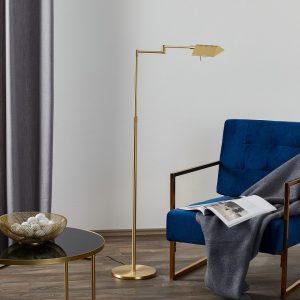
The style is a long slender stalk that connects the stigma and ovary. During pollination, the pollen grains fall on the stigma, germinate, and are then directed to grow a tube through the style, which leads to the ovary where eggs are contained.
The ovary contains the egg cells that will become the seeds of the fruit. When the pollen reaches the ovary, it forms a tube that joins with the ovules. The pollen tube then releases two sperm cells that fertilize the eggs and eventually form the seeds of the plant.
Flowers contain female reproductive structures, called pistils, and male reproductive structures, called stamens. Stamens are made up of an anther, which is a knob-shaped part that produces pollen, and a filament that holds the anther up.
A flower may have only one or several stamens, depending on the type of plant. In monocot plants, the number of stamens is usually three or four or more; in dicots, they can be as many as five or six.
In addition to the stamens, a flower often has petals that can be brightly colored and shaped differently from other parts of the flower. Petals are used to attract pollinators, such as bees and butterflies. Some petals, such as those in Honeysuckle, are scented and have markings that can help attract night-flying moths.
The flowers also typically have tiny green leaf-like structures at the base of the flower, called sepals, that help to protect the developing bud. These sepals can be modified to look like petals, and may even have a heady scent that helps to attract moths during the day.
Another important part of a flower is its calyx, which protects the developing bud and also encloses the seed-forming part of the plant called the androecium. Together, the calyx and corolla are known as the perianth.
During pollination, the stigma is sticky and acts as a checkpoint to prevent incompatible pollen from entering the ovary. The pollen germinates on the surface of the stigma and is then guided to grow a tube through the style, forming a sperm tube that leads to the ovary.
This tube then releases a small amount of sperm, which fertilizes the eggs that are waiting inside the ovules. The eggs become the seeds of the plant, if the plant is eaten, or they can grow and develop into other plants of the same species.
The ovary is at the base of the pistil and contains the ovules. The ovary can be found in the center of the pistil, or it can be at the bottom of the flower.
A new study shows a gene family, SSS, that fine-tunes the architecture of the stigma and style in Arabidopsis. These genes are expressed in all tissues of the plant, but they are strongest in the gynoecium, or female reproductive parts of the plant. However, the expression is dosage-dependent. When the genes are silenced with artificial miRNAs and null mutants generated using CRISPR-Cas9, gynoecia with longer styles and reduced stigma have been observed.



